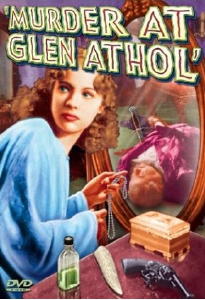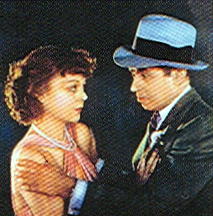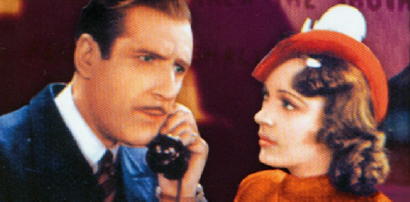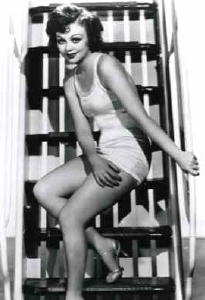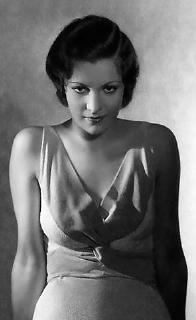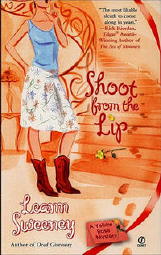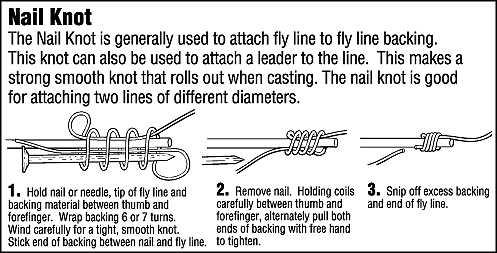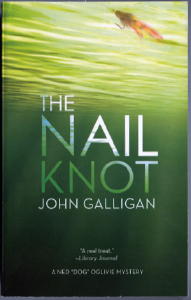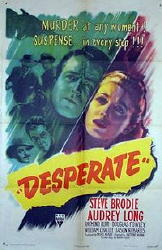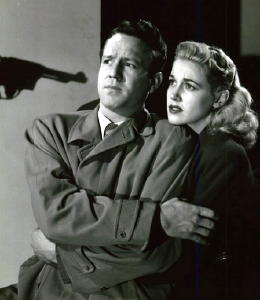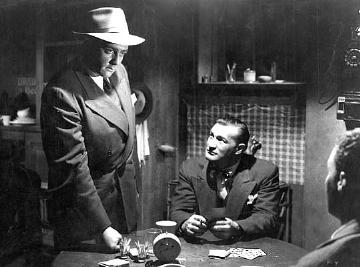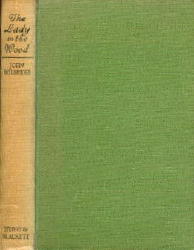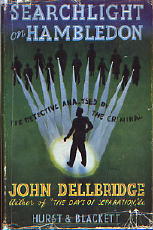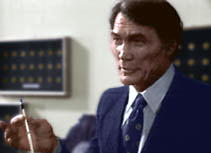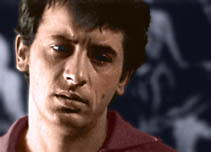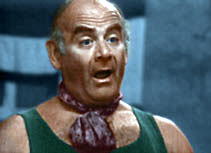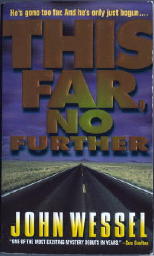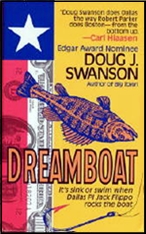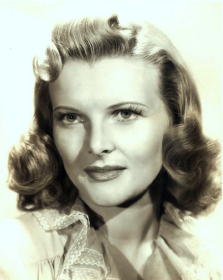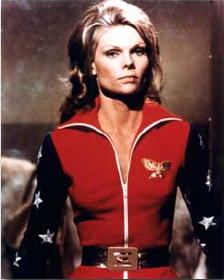Sat 14 Apr 2007
Review by Mary Reed: R. AUSTIN FREEMAN – The Jacob Street Mystery.
Posted by Steve under ReviewsNo Comments
R. AUSTIN FREEMAN – The Jacob Street Mystery.
Hodder & Stoughton, 1942. US title: The Unconscious Witness; Dodd Mead, 1942. US paperback: Avon #122, 1947.
As Tom Pedley is painting in Gravel Pit Woods, concealed by shrubbery from the casual glance, he observes a woman whose odd behaviour shows she is eavesdropping on a pair of men who have just walked past. One man returns and is furtively followed by the woman, and the intrigued Pedley checks the other end of the path but sees no sign of the second man.
A week later, the artist, who has no wireless and does not read the papers, learns a murder by forcible administration of poison was committed in the wood during the very time he was painting the sylvan scene, and from a description circulated in print and on the airwaves he is obviously the man being sought for interview by the police.
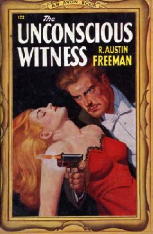
Around this time Pedley makes the acquaintance of brassy Mrs Schiller, a modernist artist separated from her husband and now living next door to Pedley. There is also Mr William Vanderpuye, who meets Mrs Schiller when he visits Pedley’s studio to arrange for a portrait sitting. The pair strike up a close friendship and Mr Vanderpuye is the last person seen with her before her disappearance. For while a dead woman is found locked in Mrs Schiller’s room with the key on the inside, she is not its tenant.
We now leap forward a couple of years. Mrs Schiller is still missing, and Freeman’s most frequently used detective character Dr Thorndyke and his assistant Dr Jervis become involved in the case due to a large bequest which would be hers if she was still alive. A presumption of death has been requested but the solicitor feels uneasy under the odd circumstances. Is she still living, and if she is, why has she not been found despite sterling efforts by the authorities and a vast amount of publicity in the press? Who was the woman found dead in her room and what is the connection between them?
My verdict: Readers will learn yet another way to open a door locked from the inside. The method in this case needs a particular type of key, common at the time, so fair enough, and its use helps point up the fact that, despite appearances, the dead woman found in Mrs Schiller’s room was not a suicide.
There are sufficient and fair clues, and the investigations are described in lively fashion. It turns out to be a more complicated case than it seems at first glance. I guessed part of the solution but not the whole. All in all I found this, the final mystery novel Freeman wrote before his death in 1943, one of the better Thorndyke outings.
Etext: http://gutenberg.net.au/ebooks05/0500481.txt
[UPDATE] Later the same evening, excerpted from an email from Mary, after she’d seen her review online:
Dear Steve
It looks very good. The cover is certainly eye-catching!
I suspect the illustrator’s artistic license had been recently renewed and was operating at its highest level! A pistol shot is mentioned at one point but there is no gunplay of the kind depicted on this cover.
The woman looks as if she has fainted but it may be a clever bit of word play since we can take it she is intended to represent the dead woman. This is because the latter could be said to have acted as an unconscious (in the sense of unknowing) posthumous witness to her own murder due to certain evidence her remains provide.
On the other hand, the publisher may have simply got the cover details mixed up…
Mary R
